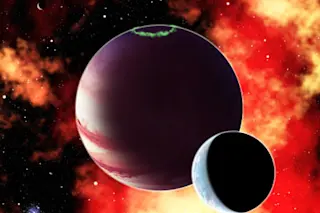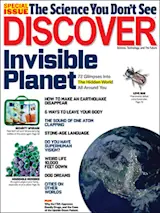Astronomers are getting greedy. First they wanted to find planets around other stars; they succeeded and currently have more than 3,000 confirmed or likely candidates. Now they want to discover moons around those planets.
Detecting small objects that orbit other small objects trillions of miles away is an ambitious undertaking, but our solar system offers many reasons to try. Jupiter and Saturn together host more than 100 moons, and a few of those frigid worlds—Europa, Enceladus, and Titan—are among the most intriguing hunting grounds for alien life in the solar system. If conditions are similar around other stars and planets, there should be trillions of moons in our galaxy, with a small but significant percentage of them suitable for life.
At the Harvard-Smithsonian Center for Astrophysics, David Kipping has been thinking about finding faraway moons since 2007, before astronomers had the tools to detect them. Now he has the sensitive ...















